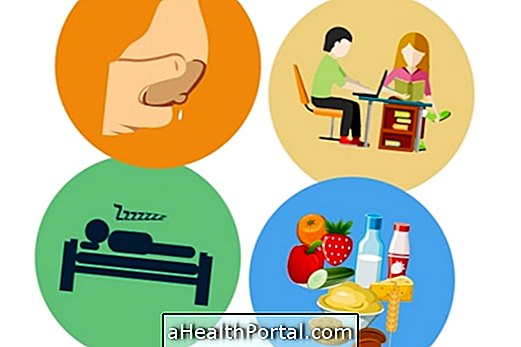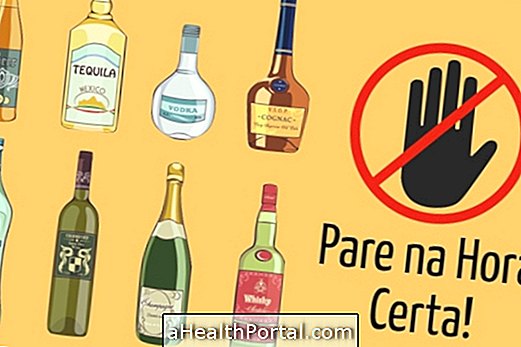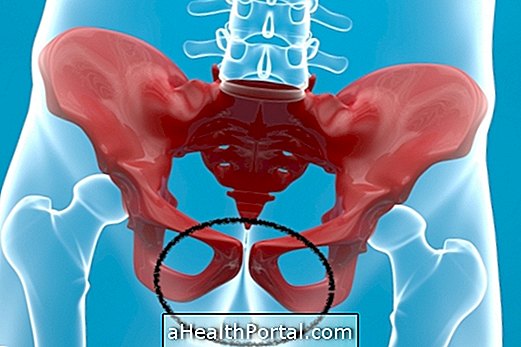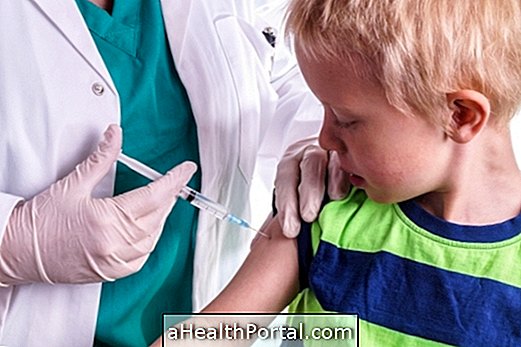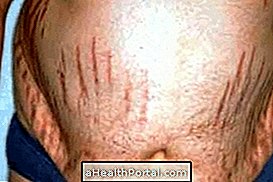Hypospadia is a genetic malformation in boys characterized by the abnormal opening of the urethra at a location below the penis rather than at the tip. The urethra is the channel through which the urine leaves, and so this disease causes urine to leak out of the wrong place.
This problem has a cure and its treatment must be done in the first 2 years of the child's life through surgery to correct the opening of the urethra.
In addition, hypospadia is divided into 4 major types, classified according to the location of the opening of the urethra, which include:
- Distal: The opening of the urethra is located somewhere near the head of the penis;
- Penile: The opening of the urethra is located along the body of the penis;
- Proximal: the opening of the urethra is located in the region near the scrotum;
- Perineal: is the most rare type, the opening of the urethra is located near the anus, making the penis less developed than normal.

However, when the boy presents the opening of the urethra at the top of the penis, the malformation is known as epispadia. Learn more here.
Symptoms
The symptoms of hypospadias vary according to the type of defect presented by the boy, but usually appear:
- Excess skin in the region of the foreskin, the tip of the penis;
- Lack of opening of the urethra in the head of the genital organ;
- The genital does not get erect, getting a hook shape;
- Urine does not go forward, and it is necessary for the boy to urinate sitting.
When the boy has these symptoms it is recommended to consult the pediatrician to diagnose the problem and start the appropriate treatment. However, it is common for hypospadia to be identified even in the maternity ward, in the first hours after birth.
Surgical treatment
Hypospadia surgery is the only way to treat this problem and should be done between the 6 months and 2 years of age of the child. Therefore, circumcision should be avoided prior to surgery, as it may be necessary to use the skin of the foreskin to reconstruct the baby's penis.
During surgery, the wrong opening of the urethra is closed and a new outlet is made at the tip of the penis, improving the esthetics of the genital and allowing normal sexual function in the future.
After surgery, the child stays indoors for 2 to 3 days, and can then return home and do normal activities. However, during the next 3 weeks parents should be alert to signs of infection at the surgery site, such as swelling, redness or severe pain.
Another illness that prevents the boy from peeing is usually phimosis, so here are his symptoms.




